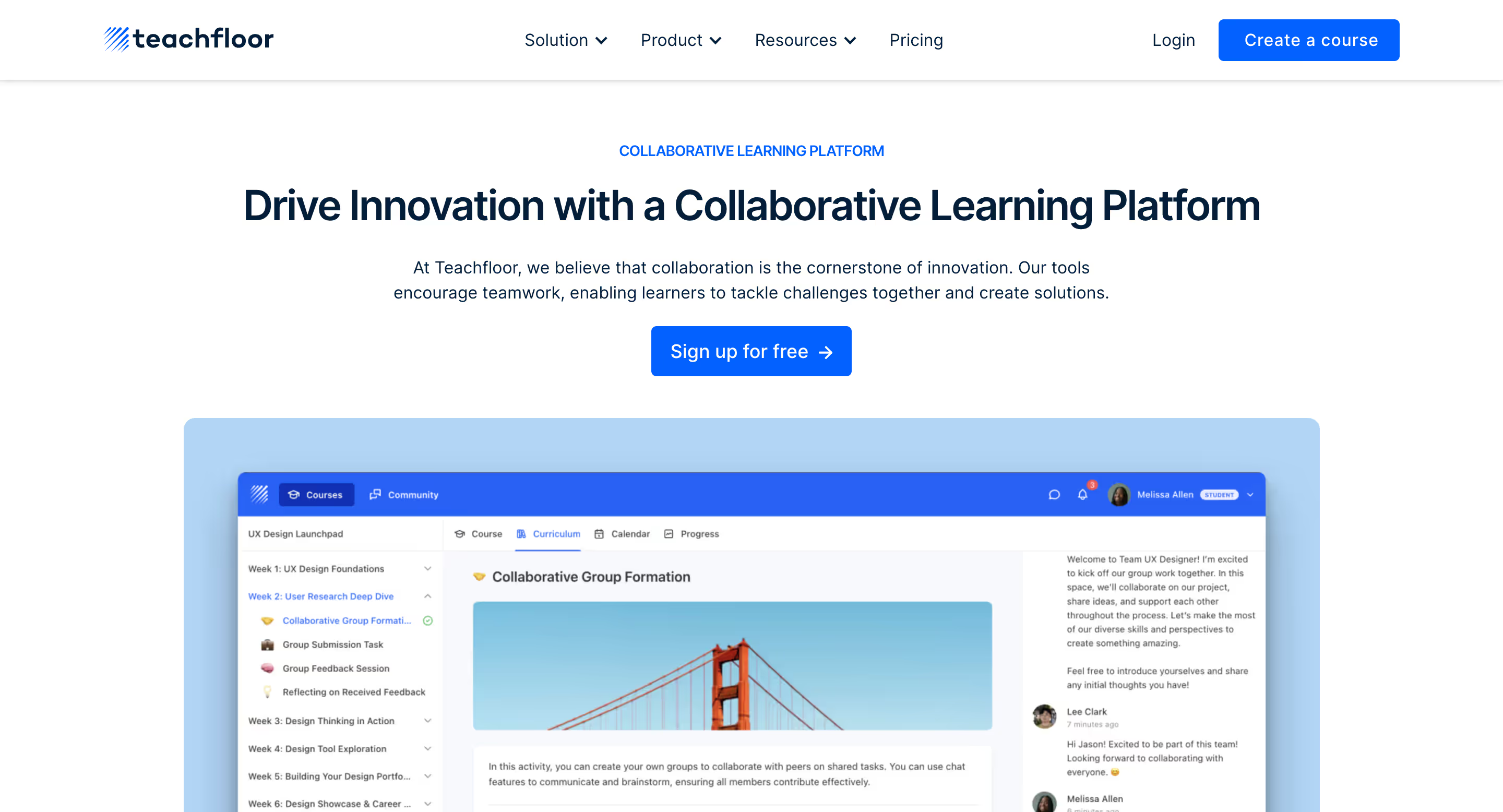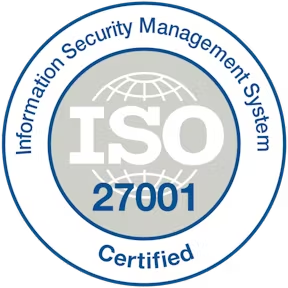Mission critical training prepares people for roles where performance directly affects safety and continuity of operations. It is most often applied in sectors such as defense, emergency response, aviation, and critical infrastructure, where even small mistakes can carry significant consequences. Unlike general professional development, this type of training emphasizes readiness for high-pressure situations and equips both individuals and teams to act decisively when it matters most.
The goal is not only to strengthen technical skills but also to build the judgment and coordination required to operate effectively under stress. By combining realistic practice with structured evaluation, mission critical training ensures that organizations are prepared to maintain standards of safety and reliability even in unpredictable environments.
What Is Mission Critical Training?
Mission critical training is a specialized approach to workforce preparation that focuses on roles where consistent performance is essential for safety, reliability, or public trust. It differs from standard training programs because it is designed for high-consequence situations in which errors cannot be easily corrected once they occur.
The concept applies to a wide range of sectors. In aviation, pilots are trained to handle mechanical failures or sudden changes in weather. In healthcare, surgical teams rehearse responses to rare but life-threatening complications. Energy and infrastructure providers rely on similar programs to ensure their staff can manage unexpected system disruptions without jeopardizing service delivery.
At its core, mission critical training ensures that people who operate in these demanding environments have both the technical competence and the situational awareness to make the right decisions under pressure.
Key Components of Effective Mission Critical Training
Effective mission critical training is built on a set of core elements that ensure both individual readiness and collective performance:
Simulation-based learning
Realistic simulations give participants a safe environment to experience pressure without real-world risks. These scenarios replicate the conditions they will face on the job, from system malfunctions to emergency responses, and help them develop confidence in applying procedures consistently.
Continuous assessment and feedback
Ongoing evaluation ensures that training is not a one-time exercise. Regular assessments identify skill gaps while immediate feedback helps learners adjust quickly. This continuous loop strengthens both technical ability and decision-making under stress.
Adaptive learning technologies
Technology makes training more responsive by adjusting difficulty levels and tailoring content to the learner’s progress. Adaptive platforms ensure that people advance only once they demonstrate readiness, creating a more reliable standard of competence across the organization.
Benefits of Mission Critical Training
Organizations that commit to mission critical training gain advantages that extend beyond individual skill development:
Stronger team performance
Training under realistic conditions encourages collaboration, clear communication, and trust. Teams that practice together respond more effectively when actual challenges arise.
Greater operational resilience
Preparation for rare but high-impact events allows organizations to maintain continuity during disruptions. This resilience protects both employees and essential services.
Higher safety outcomes
Employees trained to manage risks proactively reduce the likelihood of accidents and costly errors. Strong safety records also improve regulatory compliance.
Improved organizational reputation
A visible commitment to high training standards builds confidence among stakeholders, partners, and the public. Trust grows when an organization demonstrates readiness to handle critical situations.
Culture of preparedness
When training is embedded into daily operations, it fosters a mindset of ongoing improvement. This culture encourages people to learn continuously and adapt to new challenges, supporting long-term growth.
Challenges of Implementing Mission Critical Training
Designing and delivering mission critical training is not without obstacles. Organizations face several factors that require careful planning and resources:
High investment requirements
Developing realistic simulations, using advanced technology, and securing experienced trainers often involves significant costs. Smaller organizations may find it difficult to allocate the necessary budget without external support or partnerships.
Realism of training scenarios
For training to be effective, exercises must closely mirror the unpredictability of actual situations. Keeping scenarios accurate and relevant requires ongoing research, regular updates, and collaboration with subject matter experts.
Managing learner stress
Realistic environments can be psychologically demanding. Without proper safeguards, intense scenarios may cause fatigue or lower morale. Clear guidelines and structured recovery time are needed to balance realism with learner well-being.
Measuring outcomes
Traditional training metrics may not capture the complexity of decision-making under pressure. Organizations must develop evaluation methods that reflect real-world performance rather than just test results.
Cultural alignment
Introducing rigorous training programs can meet resistance from employees who are used to less demanding routines. Leadership needs to communicate the value of the program clearly and create a culture that prioritizes preparedness.
How to Adopt Mission Critical Training with Teachfloor

While mission critical training is often associated with large-scale simulations and specialized facilities, many of its principles can be applied in digital learning environments. Teachfloor provides the structure and flexibility to bring these methods into online and blended training programs.
Simulated Scenarios Online
Instructors can design activities that replicate real-world decision points using video, interactive content, or branching case studies. Learners practice responses in a controlled environment where mistakes become learning opportunities.
Continuous Assessment
Teachfloor supports quizzes, assignments, and peer review sequences that provide immediate feedback. This allows participants to refine their skills progressively and ensures that progress is measured at every stage.
Team Collaboration
Group activities, forums, and discussion tools let teams train together, share perspectives, and build cohesion. This mirrors the collaborative decision-making that is essential in high-stakes environments.
Adaptive and Scalable Training
By combining Teachfloor’s AI-powered tools with customizable course design, organizations can personalize learning paths and adjust difficulty to match the learner’s level. This makes it possible to scale mission critical training principles across different teams and locations.
Tracking and Insights
Built-in analytics help instructors monitor performance trends and identify areas where individuals or groups need more focus. These insights support data-driven improvements to training programs.
Adopting mission critical training in Teachfloor allows organizations to integrate high-impact learning into existing operations without the logistical constraints of physical simulations. It makes advanced training approaches accessible, scalable, and easier to sustain over time.
How to Measure Success in Mission Critical Training
The effectiveness of mission critical training should be tracked through both quantitative data and qualitative feedback. Useful measures include:
- Incident frequency: A decrease in operational errors or safety incidents after training signals improved readiness.
- Response times: Faster, more accurate reactions in simulations or drills demonstrate practical skill development.
- Team coordination: Evaluations of communication, role clarity, and task execution highlight the strength of collaborative performance.
- Operational continuity: Reduced downtime or faster recovery from disruptions shows the training’s impact on resilience.
- Employee feedback: Learner surveys and debriefs provide insight into confidence levels and areas where additional support is needed.
By combining performance metrics with direct feedback, organizations gain a clearer picture of how well training translates into real-world capability.
Frequently Asked Questions
What industries benefit most from mission critical training?
Sectors such as aviation, defense, emergency response, healthcare, and energy infrastructure rely heavily on mission critical training. These fields involve high-consequence situations where preparation directly affects safety and continuity.
How is mission critical training different from standard workplace training?
Standard programs focus on skill development and general job readiness. Mission critical training is designed for environments where mistakes carry significant risks. It emphasizes realism, decision-making under pressure, and team coordination.
What role does technology play in mission critical training?
Technology supports realism and personalization. Simulators replicate real-world conditions, while adaptive learning systems adjust training difficulty based on performance, ensuring that participants reach required competency levels.
Is mission critical training only for large organizations?
While larger organizations often have more resources, smaller organizations can still benefit. Partnerships with training providers and modular programs make mission critical training accessible on a smaller scale.
How can organizations measure the impact of mission critical training?
Impact is assessed through reductions in errors, improvements in response times, stronger team performance, and lower incident rates. Employee feedback also provides insight into confidence and preparedness.
What challenges should organizations anticipate?
Key challenges include high costs, maintaining realistic scenarios, managing learner stress, developing meaningful evaluation methods, and addressing resistance to more demanding training standards.
%201.svg)

.png)
%201.svg)

